At Stellantis’ EV Day, Jeep detailed a range of wild future tech, including off-road self-driving, vehicle-to-vehicle charging and follow-me drones.


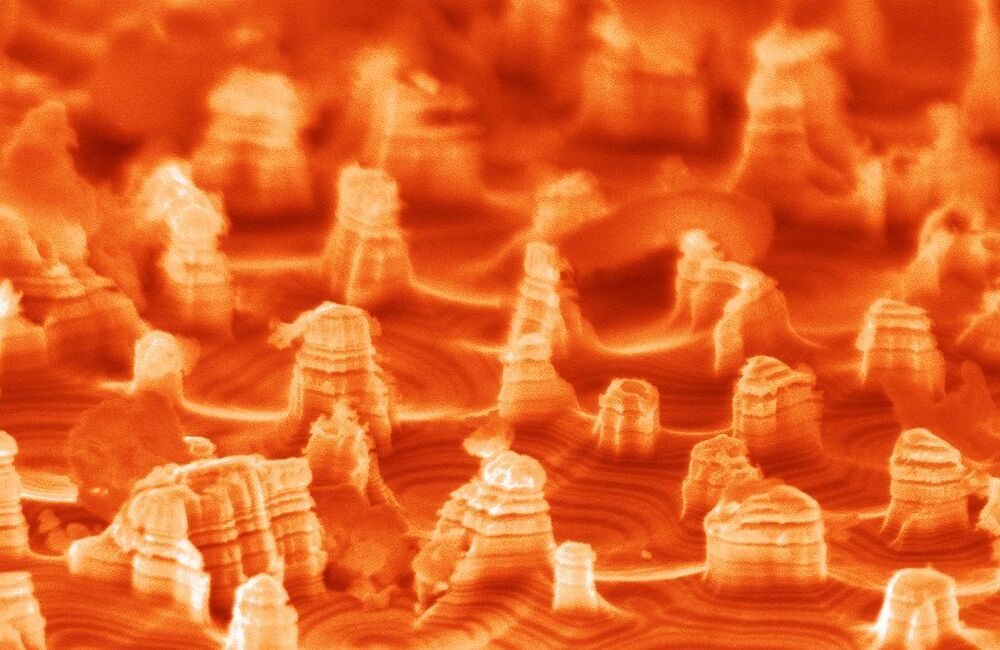
They’re tiny machines that work on the nanoscale, being up to 100000 times smaller than the width of a human hair. These machines, otherwise known as nanorobotics, are set to augment the human race in unforeseen ways.
However, this microscopic technology has remained in the prototype phase for the past two decades, failing to truly live up to its promise, and lagging due to difficult manufacturing processes, a lack of standardization, and scant reviews of the available literature.
Picture a scenario where you’re ill and need to see your doctor. However, instead of giving you a pill or a shot, your doctor injects you with a swarm of tiny robots.
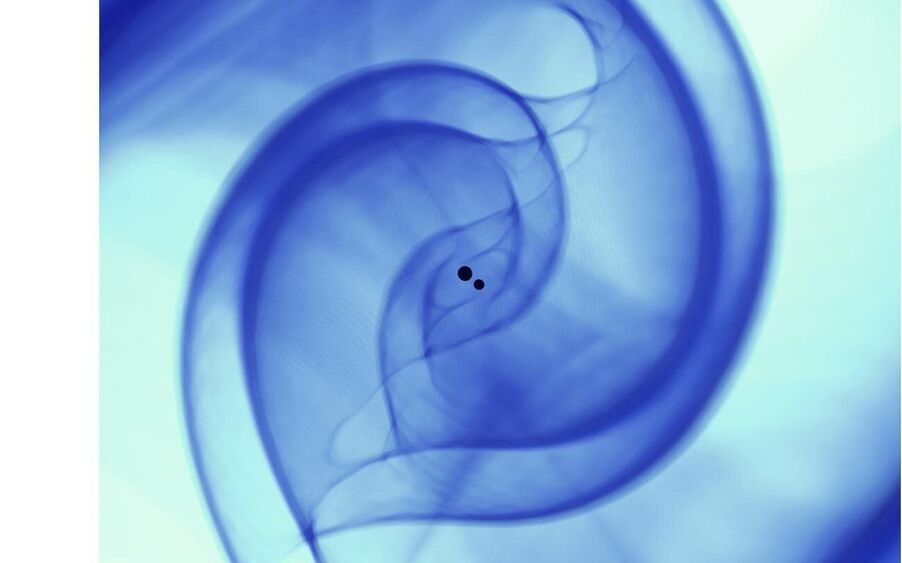
When gravitational waves were first detected in 2015 by the advanced Laser Interferometer Gravitational-Wave Observatory (LIGO), they sent a ripple through the scientific community, as they confirmed another of Einstein’s theories and marked the birth of gravitational wave astronomy. Five years later, numerous gravitational wave sources have been detected, including the first observation of two colliding neutron stars in gravitational and electromagnetic waves.
As LIGO and its international partners continue to upgrade their detectors’ sensitivity to gravitational waves, they will be able to probe a larger volume of the universe, thereby making the detection of gravitational wave sources a daily occurrence. This discovery deluge will launch the era of precision astronomy that takes into consideration extrasolar messenger phenomena, including electromagnetic radiation, gravitational waves, neutrinos and cosmic rays. Realizing this goal, however, will require a radical re-thinking of existing methods used to search for and find gravitational waves.
Recently, computational scientist and lead for translational artificial intelligence (AI) Eliu Huerta of the U.S. Department of Energy’s (DOE) Argonne National Laboratory, in conjunction with collaborators from Argonne, the University of Chicago, the University of Illinois at Urbana-Champaign, NVIDIA and IBM, has developed a new production-scale AI framework that allows for accelerated, scalable and reproducible detection of gravitational waves.

Sorry, we’re having trouble playing this video.
Learn More.
Kelvin Ogba Dafiaghor shared a post.
OEC
Michel Bauwens shared a link to the group: P2P Open Technology and Cosmo-Localism.

Such changes, multiplied across thousands of businesses in dozens of industries, could significantly change workers’ prospects. Professor Warman, the Canadian economist, said technologies developed for one purpose tend to spread to similar tasks, which could make it hard for workers harmed by automation to shift to another occupation or industry.
The need for social distancing led restaurants and grocery stores to seek technological help. That may improve productivity, but could also cost jobs.
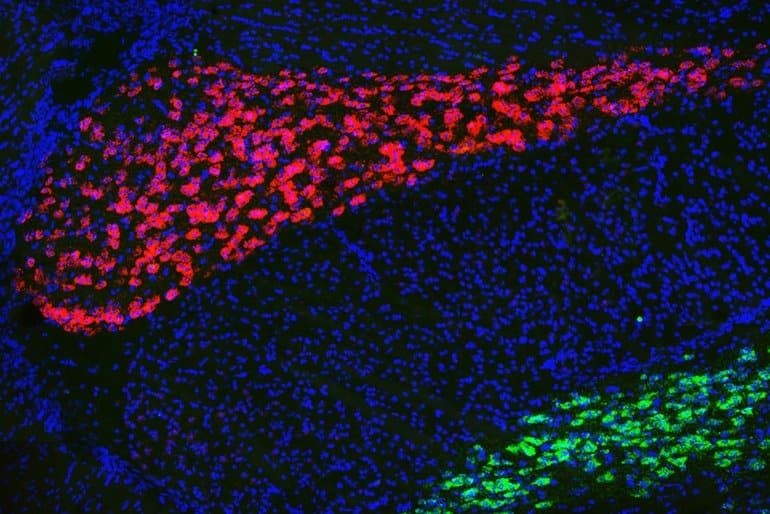
The researchers also showed that they could restore normal cognitive function in mice with these genetic mutations by artificially turning down hyperactivity in neurons of the AD thalamus. The approach they used, chemogenetics, is not yet approved for use in humans. However, it may be possible to target this circuit in other ways, the researchers say.
Summary: Certain genes that are mutated or missing in those with schizophrenia and autism cause similar dysfunction in neural networks within the thalamus.
Source: MIT
Many neurodevelopmental disorders share similar symptoms, such as learning disabilities or attention deficits. A new study from MIT has uncovered a common neural mechanism for a type of cognitive impairment seen in some people with autism and schizophrenia, even though the genetic variations that produce the impairments are different for each condition.
In a study of mice, the researchers found that certain genes that are mutated or missing in some people with those disorders cause similar dysfunctions in a neural circuit in the thalamus. If scientists could develop drugs that target this circuit, they could be used to treat people who have different disorders with common behavioral symptoms, the researchers say.
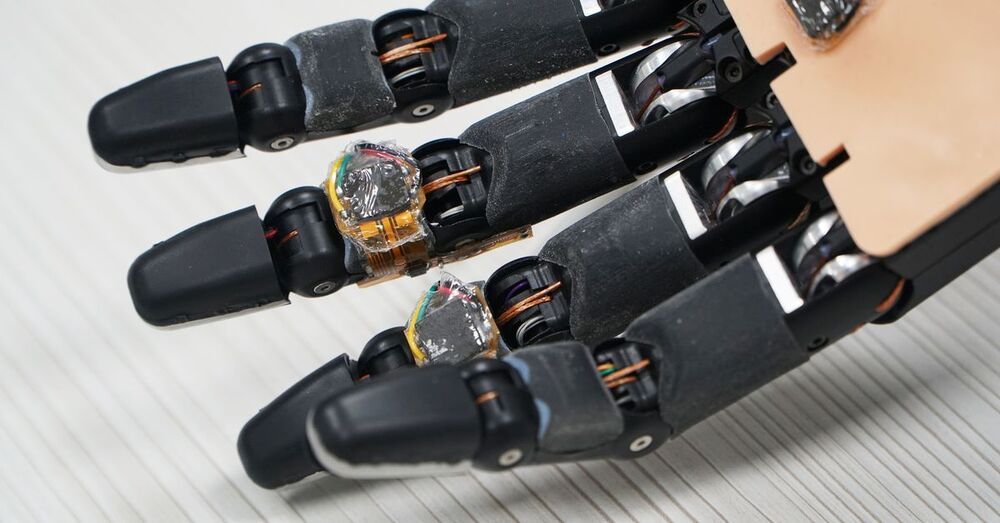
Tee said AiFoam is the first of its kind to combine both self-healing properties and proximity and pressure sensing. After spending over two years developing it, he and his team hope the material can be put to practical use within five years.
SINGAPORE, July 6 (Reuters) — Singapore researchers have developed a smart foam material that allows robots to sense nearby objects, and repairs itself when damaged, just like human skin.
Artificially innervated foam, or AiFoam, is a highly elastic polymer created by mixing fluoropolymer with a compound that lowers surface tension.
This allows the spongy material to fuse easily into one piece when cut, according to the researchers at the National University of Singapore.
Nano-Magnetics For Wireless Brain-Computer Interfaces & Precision Medicine — Dr. Sakhrat Khizroev, Ph.D., University of Miami.
Dr. Sakhrat Khizroev is a Professor of Electrical and Computer Engineering at the College of Engineering of the University of Miami, with a secondary appointment at the Department of Biochemistry and Molecular Biology at the Miller School of Medicine.
Dr Khizroev’s laboratory conducts research on nano-magnetics and spintronics applications ranging from energy-efficient information processing to precision medicine. From 2011 to 2018, he was a Professor (tenured) of Electrical and Computer Engineering at Florida International University, with a joint appointment at the College of Medicine, where he co-founded and spearheaded the university-wide initiative on personalized nanomedicine.
From 2006 to 2011, Dr Khizroev was a Professor (tenured) of Electrical Engineering at the University of California, Riverside (UC-Riverside).
Prior to joining academia, Dr Khizroev spent four years as a Research Staff Member with Seagate Research and one year as a Doctoral Intern with IBM Almaden Research Center.
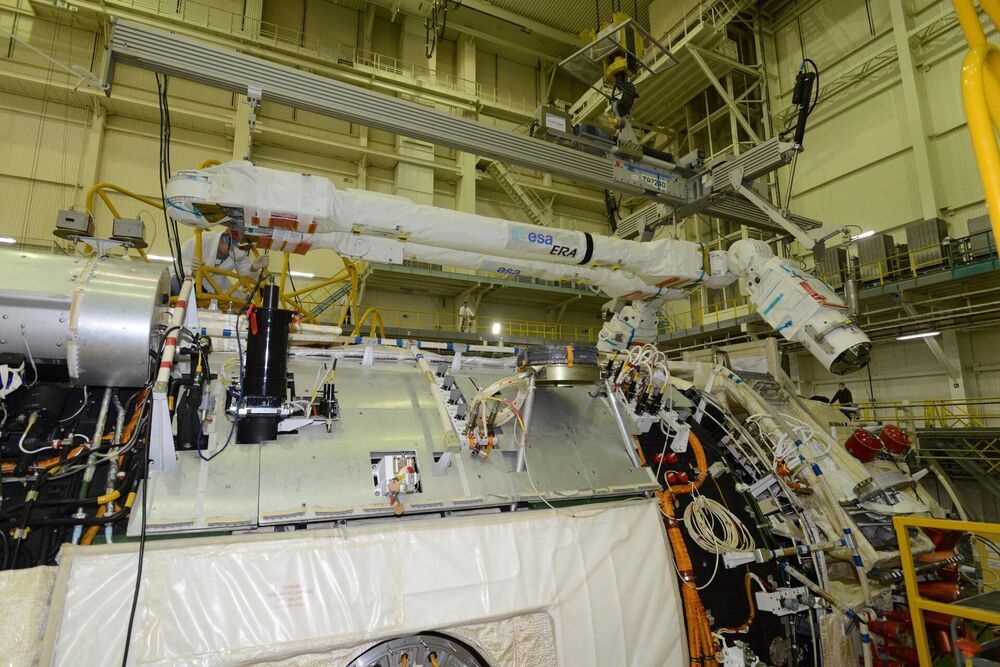
Concept I introduced long ago in TMP2 as the Inchworm orbital service robot is now being demonstrated by the ESA with the new Russian addition to the ISS.
It is much like a human arm. It has an elbow, shoulders and even wrists. The European Robotic Arm (ERA) is the first robot able to ‘walk’ around the Russian segment of the International Space Station.
Light yet powerful, the orbital arm has the ability to anchor itself to the Station and move back and forward by itself, hand-over-hand between fixed base-points. This space robot looks like a pair of compasses and has a length of over 11 m. When stretched, it could pass a football from a penalty spot to the goalkeeper.
The robot will serve as main manipulator on the Russian part of the Space Station. Its seven joints can handle multi-tonne payloads with a large range of motion for assembly tasks.